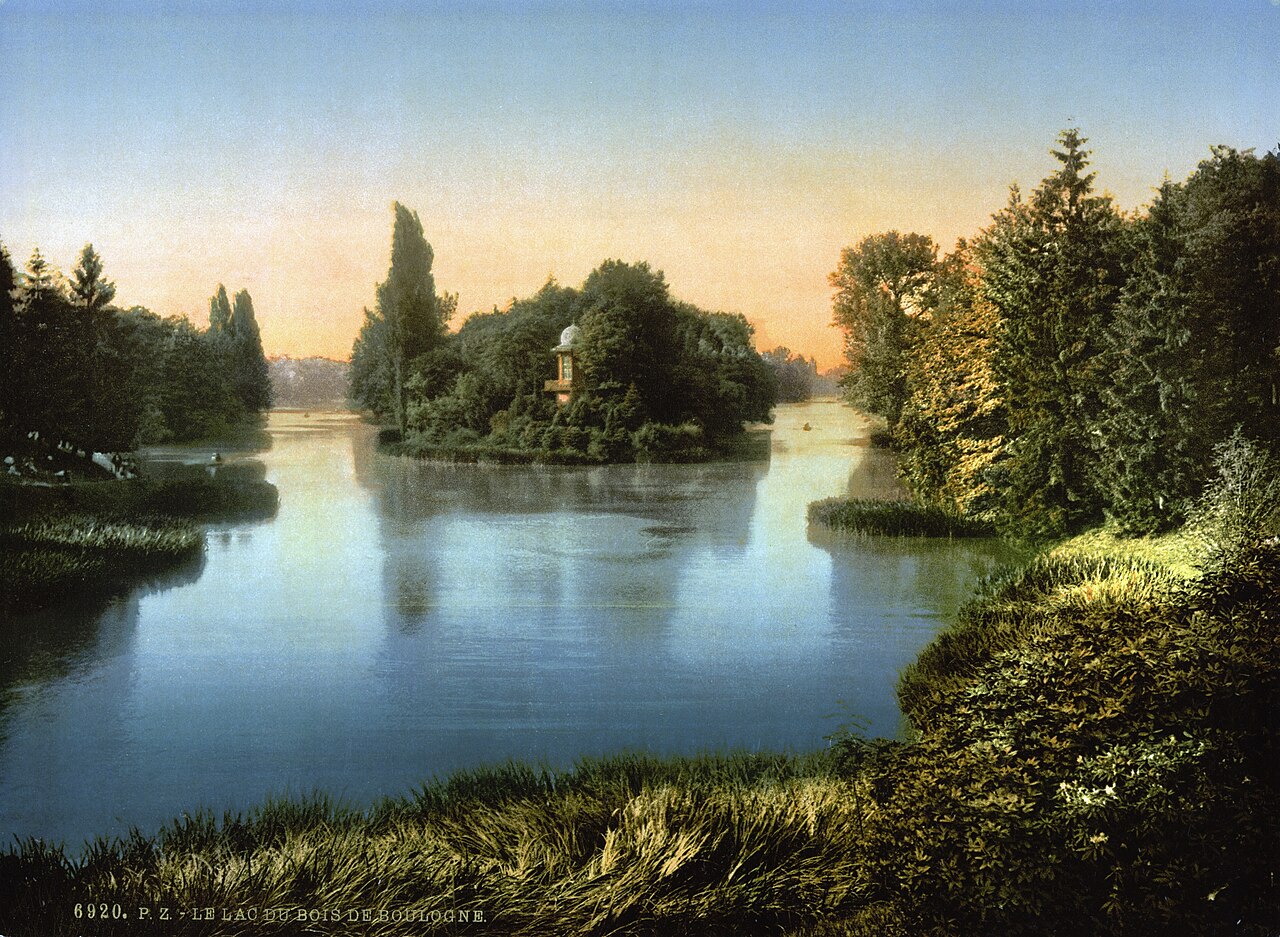Transformation of Paris: From Medieval to Modern
Paris, known as the “City of Light,” is celebrated for its elegant boulevards, uniform architectural style, and lush public spaces. This iconic landscape owes much to the visionary work of Georges-Eugène Haussmann, the urban planner who, under the directive of Napoleon III, transformed the medieval city into the modern metropolis we cherish today.
Born on March 27, 1809, in Paris, Haussmann came from a Protestant family of Alsatian origin. He pursued studies in law and began his career in public administration, quickly ascending the ranks due to his exceptional organizational skills. By the time he was appointed Prefect of the Seine in 1853, Haussmann had garnered a wealth of experience managing various regions in France. His reputation as a capable and decisive administrator made him the perfect choice for Napoleon III’s ambitious plans to overhaul the French capital.

Unknown. Upload, stitch and restoration by Jebulon, Public domain, via Wikimedia Commons
Before Haussmann’s intervention, Paris was characterized by narrow, winding streets that were often clogged with traffic and plagued by poor sanitation. The city’s medieval layout was ill-suited to accommodate its rapidly growing population, exacerbated by the onset of industrialization. Haussmann envisioned a city that was not only beautiful but also functional and hygienic. His plan included creating broad, straight boulevards, improving infrastructure, and providing ample green spaces—all aimed at enhancing the quality of urban life.

Andriveau-Goujon, Public domain, via Wikimedia Commons
One of Haussmann’s most significant contributions was the coordination and oversight of the creation of the wide, tree-lined boulevards that now define Paris. These include the iconic Boulevard Haussmann, Boulevard Saint-Michel, and the grand Avenue de l’Opéra. Although Haussmann himself did not design these streets or buildings, he was instrumental in implementing a unified vision for the city’s redevelopment. This included establishing strict building regulations that ensured a consistent and harmonious look, with uniform facades and building heights, which have become hallmarks of Parisian architecture.

Charles Marville, Public domain, via Wikimedia Commons, Celette, CC BY-SA 4.0, via Wikimedia Commons
Haussmann also oversaw the modernization of Paris’s infrastructure, including the city’s water supply and sewer systems, significantly improving public health. His leadership extended to the construction of new public facilities, such as hospitals, schools, and marketplaces, all of which contributed to the improved quality of life for Parisians.

Charles Garnier, Public domain, via Wikimedia Commons, Charles Garnier (1825–1898), architect, Public domain, via Wikimedia Commons, Charles Garnier (1825–1898), architectRebout, engraverBordet, engraver, Public domain, via Wikimedia Commons
Notable projects from this era include the Palais Garnier, an opulent opera house designed by architect Charles Garnier, and major train stations like Gare de Lyon and Gare du Nord, which were pivotal in facilitating increased mobility and commerce.

Peter Rivera, CC BY 2.0, via Wikimedia Commons, Publisher: Lucien Levy & Sons. Paris., Public domain, via Wikimedia Commons
Moreover, Haussmann emphasized the importance of green spaces in urban planning, commissioning the development of large parks like the Bois de Boulogne and Bois de Vincennes. These parks, designed by others under his direction, provided much-needed recreational areas and venues for social interaction and public events.

Author unknown, Public domain, via Wikimedia Commons
Haussmann’s transformation of Paris had a profound and lasting impact on urban planning worldwide. His principles of wide boulevards, uniform architecture, and integrated public spaces set a new standard for city planning. Cities such as Barcelona, Buenos Aires, and even Washington, D.C., drew inspiration from Haussmann’s work. His approach to blending functionality with aesthetics influenced not just the layout of streets and public spaces but also the regulatory frameworks governing urban development.
Georges-Eugène Haussmann’s ambitious redesign of Paris reshaped the city into a modern, efficient, and aesthetically pleasing metropolis. His work addressed the immediate challenges of his time while laying the groundwork for the city’s enduring beauty and functionality. Haussmann’s legacy as a pioneering urban planner is evident in the continued admiration for Paris’s cityscape and the widespread adoption of his planning principles in cities around the globe. His vision and execution have made Paris not only a model of modern urban planning but also a symbol of architectural elegance and civic pride.










